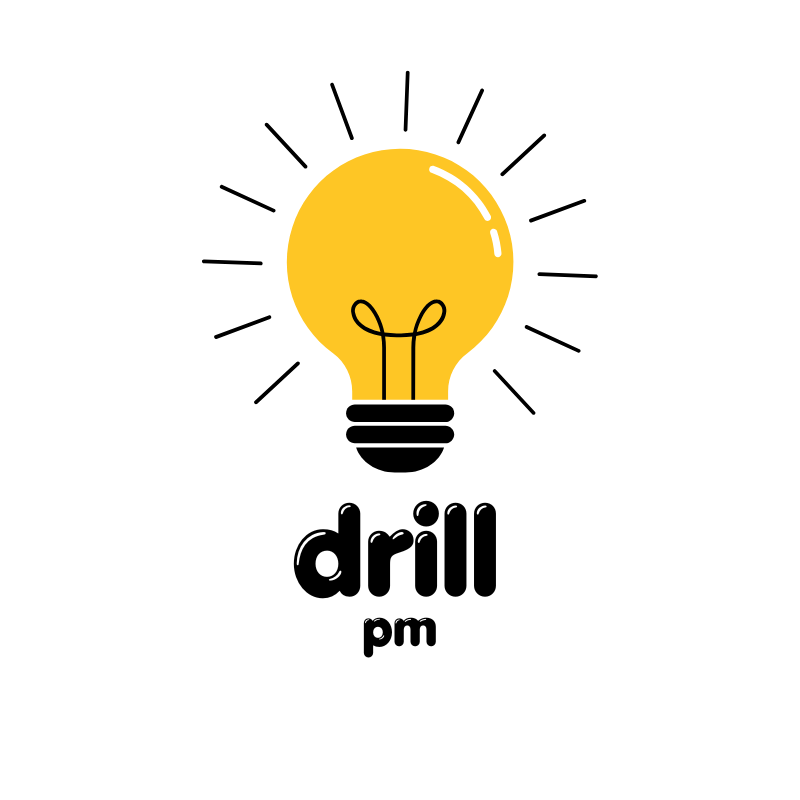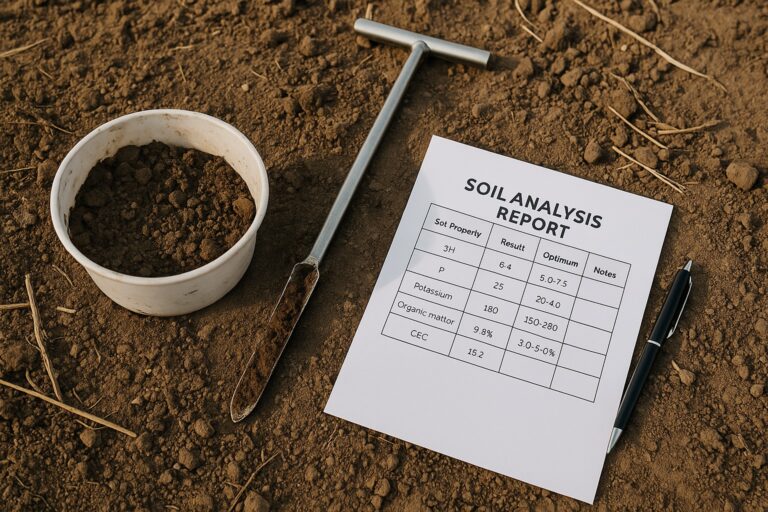Anúncios
Planning for retirement might seem like something distant, especially if you’re in your 30s or early 40s. But this is precisely the time when building a secure financial future becomes not only possible but strategic. Starting now allows you to take advantage of compounding, tax benefits, and flexibility in your lifestyle and financial decisions.
Many adults in this age group are balancing responsibilities—children, mortgages, careers—and retirement often falls to the bottom of the priority list. However, ignoring it could mean having to work much longer or accept a lower quality of life later on. That’s why a clear, actionable retirement plan is so important.
Whether you’ve already taken a few steps or are just getting started, this guide will help you understand exactly what to do next. You’ll learn how to set goals, calculate needs, invest wisely, and stay on track—all in a reliable, professional tone that aims to empower you to make confident decisions. Let’s dive in.
Understand your retirement goals
Before setting a plan in motion, you need clarity on what your ideal retirement looks like. Do you envision a quiet life in a small town, or would you like to travel the world? Will you fully retire or keep working part-time?
Defining your goals helps you estimate your future financial needs. Think about:
- Desired retirement age
- Lifestyle expectations
- Location (cost of living)
- Activities (travel, hobbies, volunteering)
The clearer your vision, the easier it will be to calculate how much you’ll need.
Calculate how much you need to retire
One of the most critical steps is estimating how much money you’ll need. A general rule of thumb is to aim for 70% to 80% of your pre-retirement income annually.
You can use tools like the Fidelity Retirement Score or AARP’s Retirement Calculator to run your numbers.
Key considerations:
- Expected annual expenses in retirement
- Inflation (typically 2–3% annually)
- Longevity (plan for at least 30 years in retirement)
Evaluate current income and expenses
To plan effectively, you need a realistic view of your present financial picture. Track your income and fixed expenses (housing, food, debt payments) and see how much discretionary income you have available to save or invest.
Tips:
- Use apps like Mint or YNAB to manage your budget
- Identify areas where you can reduce spending
- Allocate a fixed percentage (e.g., 15–20%) toward retirement savings
Start investing early and consistently
Time is your greatest ally. Thanks to compound interest, investing even modest amounts early can result in significant growth by the time you retire.
Best practices:
- Automate your contributions monthly
- Increase the amount yearly if possible
- Prioritize consistency over timing the market
For example, investing $500/month starting at age 35 can grow to over $500,000 by age 65 assuming a 7% annual return.
Understand retirement accounts (401(k), IRA, Roth IRA)
Different retirement accounts offer various tax advantages. Here’s a quick overview:
- 401(k): Employer-sponsored, often includes matching contributions, pre-tax savings
- Traditional IRA: Available to individuals, tax-deferred growth
- Roth IRA: Contributions made with after-tax income, withdrawals in retirement are tax-free
If your employer offers a 401(k) match, contribute at least enough to get the full match—it’s essentially free money.
Diversify your investment portfolio
Don’t put all your eggs in one basket. A well-diversified portfolio can reduce risk and improve returns over time.
Key asset classes:
- Stocks (equities)
- Bonds (fixed income)
- Real estate
- Index funds or ETFs
Consider a target-date fund if you want a “set it and forget it” option that adjusts your investments based on your retirement timeline.
Monitor and adjust your plan regularly
Your retirement plan is not a one-time setup. Life changes—marriage, children, job changes—may require updates.
Do the following at least once a year:
- Review your contributions and increase if possible
- Rebalance your portfolio if allocations have shifted
- Check performance and adjust goals if needed
Consider healthcare and insurance costs
Healthcare can be one of the biggest expenses in retirement. Planning now can help mitigate future stress.
Things to think about:
- Health Savings Account (HSA): if you have a high-deductible plan, this is a powerful, triple-tax-advantaged tool
- Long-term care insurance: consider buying it in your 40s when it’s more affordable
- Medicare: know the age and requirements for eligibility
Seek professional financial advice
Even with the best intentions, retirement planning can be overwhelming. A certified financial planner (CFP) can provide personalized strategies that align with your life goals.
When choosing an advisor:
- Look for fiduciary duty (they are legally required to act in your best interest)
- Ask for a fee-only structure to avoid hidden commissions
- Use platforms like NAPFA or XY Planning Network to find trustworthy professionals
Conclusion
Planning for retirement in your 30s or 40s might not seem urgent, but it’s one of the smartest moves you can make. It gives you time, flexibility, and peace of mind as you shape your financial future. Whether you’re just starting or refining your plan, the key is to stay proactive, informed, and committed to your goals.
Frequently Asked Questions (FAQ)
1. What is the best age to start planning for retirement?
The earlier, the better—ideally in your 20s or 30s. But starting in your 40s is still highly beneficial.
2. How much should I save for retirement each month?
A good rule of thumb is 15–20% of your gross income, depending on your age and goals.
3. Can I retire without a 401(k)?
Yes, you can use IRAs, brokerage accounts, and other investments, but it may require more discipline and planning.
4. How often should I review my retirement plan?
At least annually, or whenever there’s a major life change like marriage, divorce, or job switch.
5. Are online retirement calculators accurate?
They’re good starting points but can’t replace the nuance of working with a financial advisor for personalized advice.



